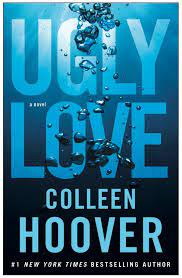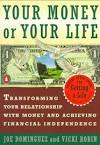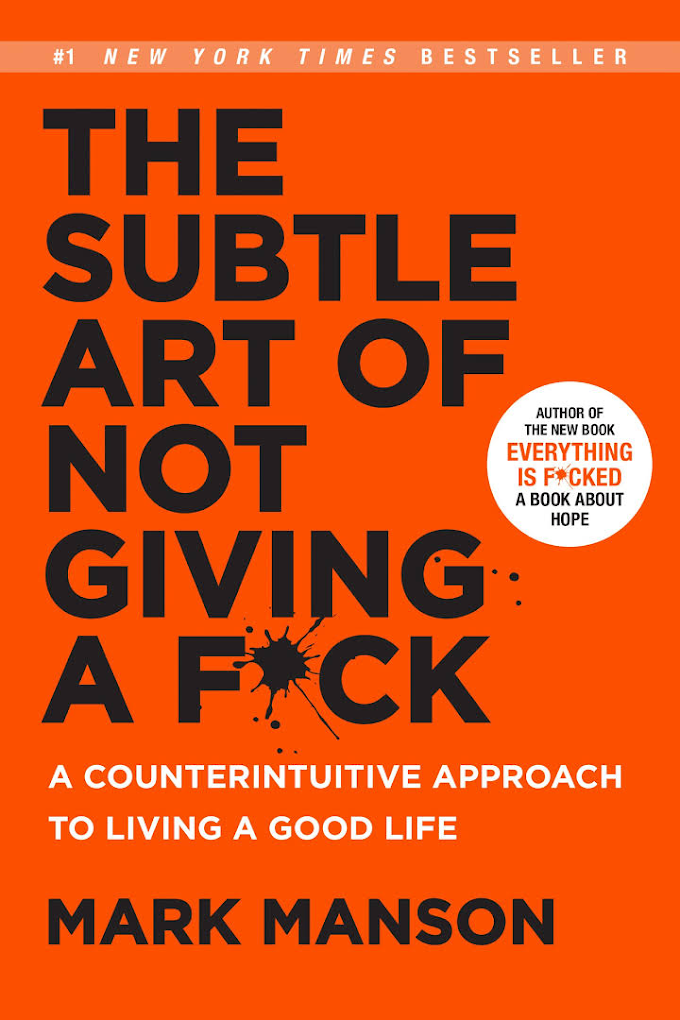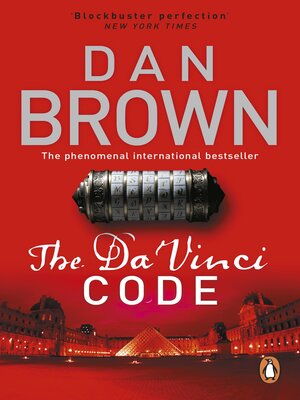"Rich Dad, Poor Dad" is a personal finance book written by Robert Kiyosaki. The book highlights the differences in mindset and financial strategies between Kiyosaki's "rich dad" (his best friend's father) and his "poor dad" (his biological father). The book has sold over 36 million copies worldwide and has been translated into more than 80 languages. It is considered as one of the most influential books on personal finance and has been instrumental in changing the way people think about money and wealth.
The book starts by introducing the two dads in Kiyosaki's life. The "poor dad" is Kiyosaki's biological father, who was highly educated and held a prestigious job, but struggled financially throughout his life. The "rich dad" is Kiyosaki's best friend's father, who was not highly educated but had a successful business career and became financially independent at a young age.
Throughout the book, Kiyosaki shares the lessons he learned from each dad, and how their differing perspectives on money and wealth shaped his own financial journey. The "poor dad" held a more conventional view on money and taught Kiyosaki to focus on getting a good education and a stable job in order to be financially secure. The "poor dad" believed that the key to financial success was to work hard, save money, and invest in safe, low-risk investments such as stocks and bonds.
On the other hand, the "rich dad" taught Kiyosaki the importance of financial literacy and investing in assets, such as real estate and businesses, that generate income. He emphasized the importance of thinking differently about money and not relying on traditional methods of earning and saving. The "rich dad" believed that the key to financial success was to acquire assets that generate income, and to minimize liabilities, which are expenses that drain your income.
One of the key lessons that Kiyosaki learned from his "rich dad" is the difference between assets and liabilities. An asset is something that generates income, such as a rental property or a business. A liability is something that drains your income, such as a car loan or a mortgage. The "rich dad" taught Kiyosaki to focus on acquiring assets and minimizing liabilities in order to become financially independent.
Another important lesson Kiyosaki learned from his "rich dad" is the importance of cash flow. The "rich dad" taught Kiyosaki that cash flow is more important than net worth. Net worth is the difference between your assets and liabilities. It's important, but it's not the same as cash flow. Cash flow is the amount of money coming in minus the amount of money going out. The "rich dad" taught Kiyosaki that cash flow is the lifeblood of any business or investment, and that you need to focus on generating positive cash flow in order to become financially independent.
The "rich dad" also taught Kiyosaki the importance of financial independence. Financial independence means having enough income from your assets to cover your expenses, so you don't have to rely on a job for money. The "rich dad" believed that financial independence is the ultimate goal of personal finance, and that it's important to focus on building a portfolio of assets that generate income.
One of the major criticisms of the book is that the author's "Rich dad" is a fictional character, and his teachings are not based on any real person, but rather a composite of different people that the author met over the years. However, the author's main argument is that the teachings are more important than the person that taught him.
The book encourages readers to take control of their financial future by making smart investments












